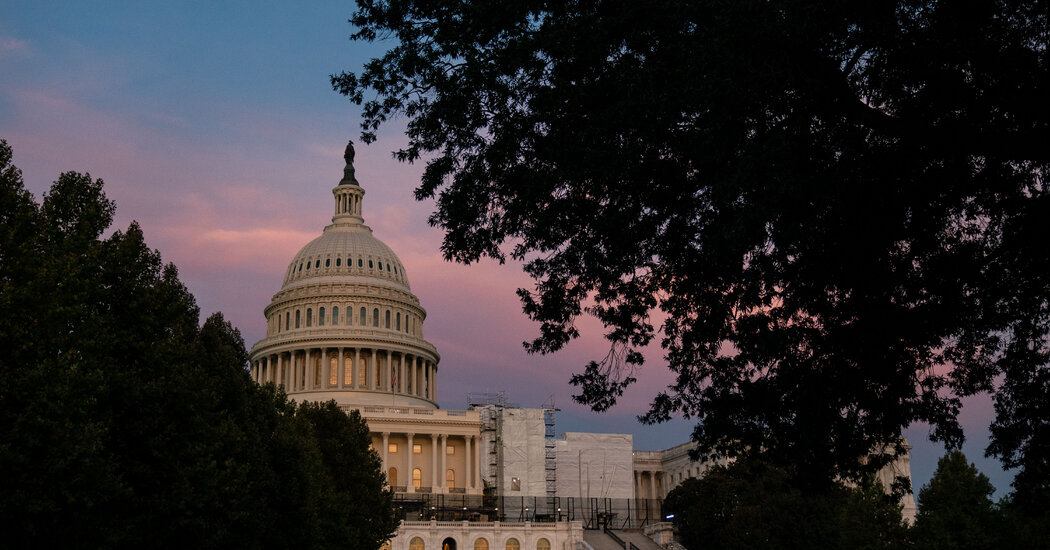Can Wildfire Smoke Cause Headaches? What to Know
Breathing in wildfire smoke can cause a headache right away, according to the Centers for Disease Control and Prevention, and short-term exposure to particulate matter from wildfires has been linked to an increase in emergency room visits for headaches.
Researchers are not entirely sure why wildfire smoke causes headaches, but one reason may be that it can alter the sensitivity of certain neurons, which in turn can increase the risk of headaches, said Dr. Raj Fadadu, a researcher at the University of California, San Francisco School of Medicine who has studied the health effects of wildfire smoke.
Wildfire smoke can lead to lower oxygen levels if you have an underlying lung condition like asthma, which can contribute to a headache, said Dr. Panagis Galiatsatos, a pulmonary and critical care medicine physician at Johns Hopkins Medicine. Inhaling wildfire smoke can also lead to inflammation, which can itself induce headaches.
If you are outside in an area with poor air quality and you feel a headache coming on, that’s most likely a sign you should head indoors, said Dr. Fadadu. To ward off headaches — and any other effect from smoke — restrict the amount of time you spend outdoors, he said, and try to optimize the quality of your indoor air. If you have access to an air purifier, like one with a HEPA filter, that can help. You should also steer clear of smoking or vaping.
If you do need to go outside, consider wearing a tightfitting mask, like an N95. While wearing a mask indoors is not typically recommended to reduce smoke exposure, if you believe you are encountering poor air quality, putting on a mask may lower your risk of inhaling polluted air, and therefore could help address headache symptoms, Dr. Fadadu said.
The most effective treatment for headaches can vary from person to person, but over-the-counter medications like Tylenol or Advil can help. Staying hydrated is also critical, Dr. Fadadu said. If you can, try to avoid looking at screens while your headache persists; at the least, consider reducing the brightness of your screen, which can ease the strain on your eyes. If your headache is not responding to treatments at home, or is becoming more intense, you may want to go to an urgent care center or emergency department, he added. A physician may prescribe stronger medications to better manage the pain.
If you have underlying pulmonary issues and you are experiencing a headache after exposure to wildfire smoke, consider testing your oxygen levels and contacting your doctor, Dr. Galiatsatos said.
There’s another possible reason for your wildfire-smoke headache: stress. A growing body of research shows that environmental disturbances take a toll on mental health, and stress can contribute to tension headaches, which are mild, throbbing headaches typically felt on both sides of the head.
The anxiety that people may feel looking at the orange-tinged haze, or assessing whether to put on a mask before leaving their homes, might itself contribute to headaches — particularly on the East Coast, where people are not used to grappling with the tangible impact of wildfire smoke, Dr. Fadadu said.
“That ecological stress that we’re seeing with wildfires is, for sure, a real phenomenon that a lot of people are experiencing,” Dr. Fadadu said.


